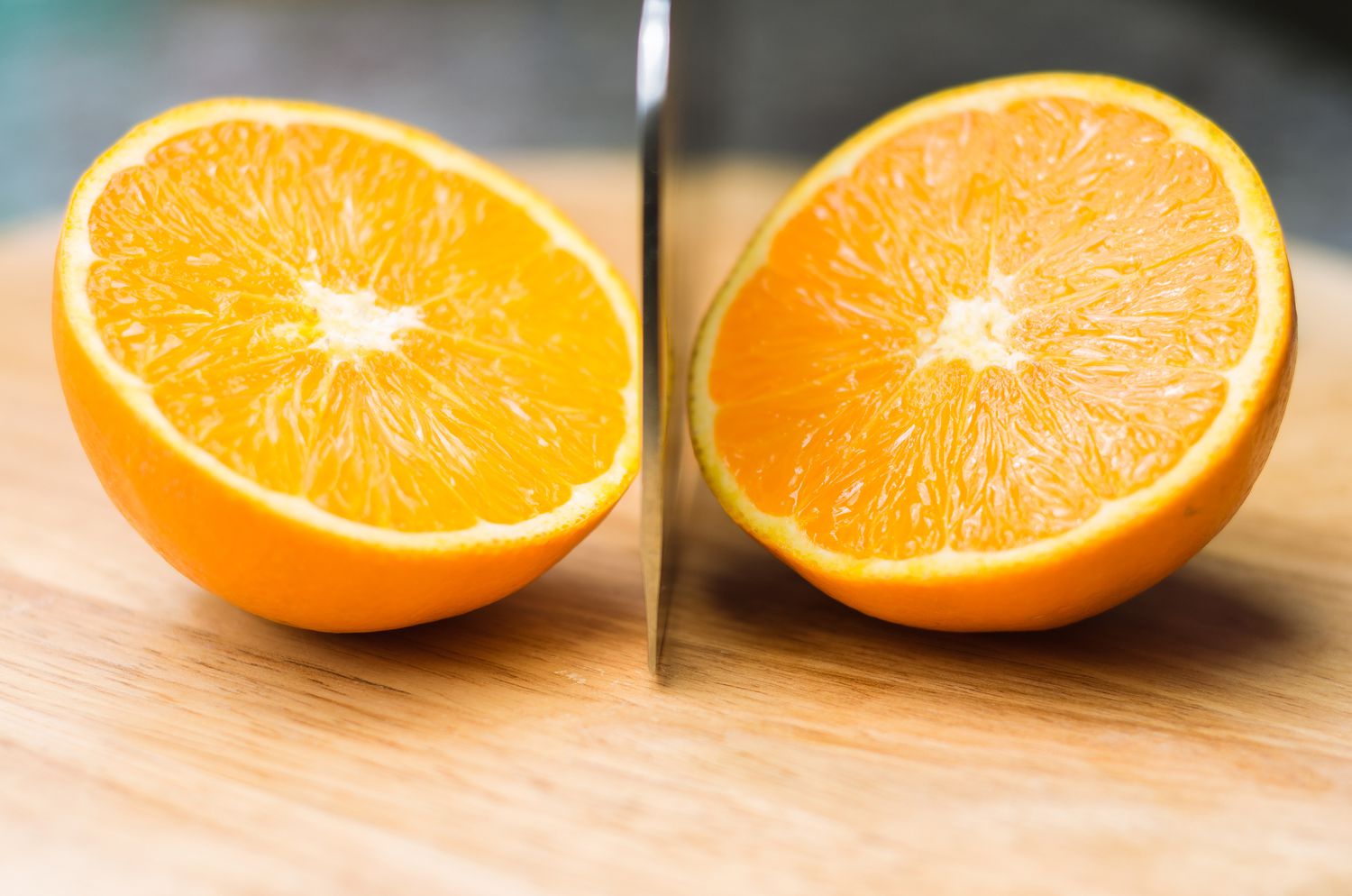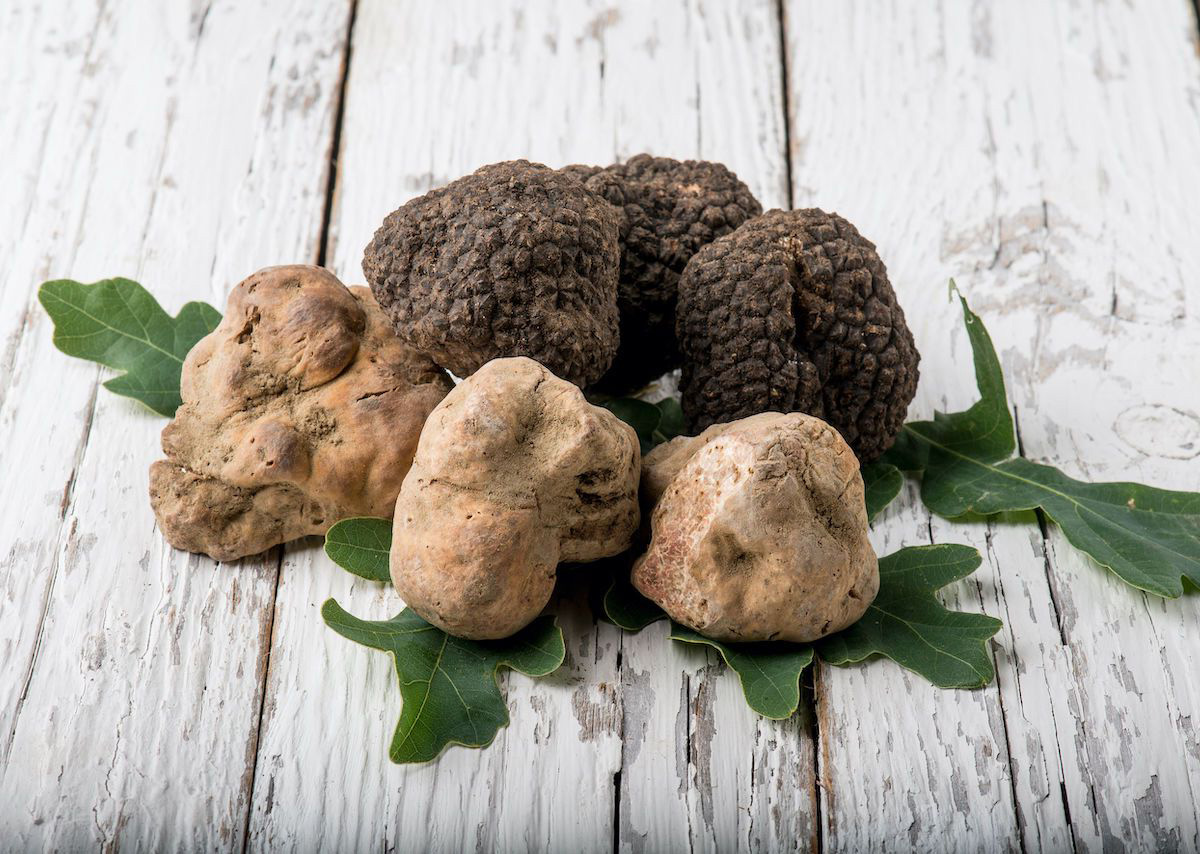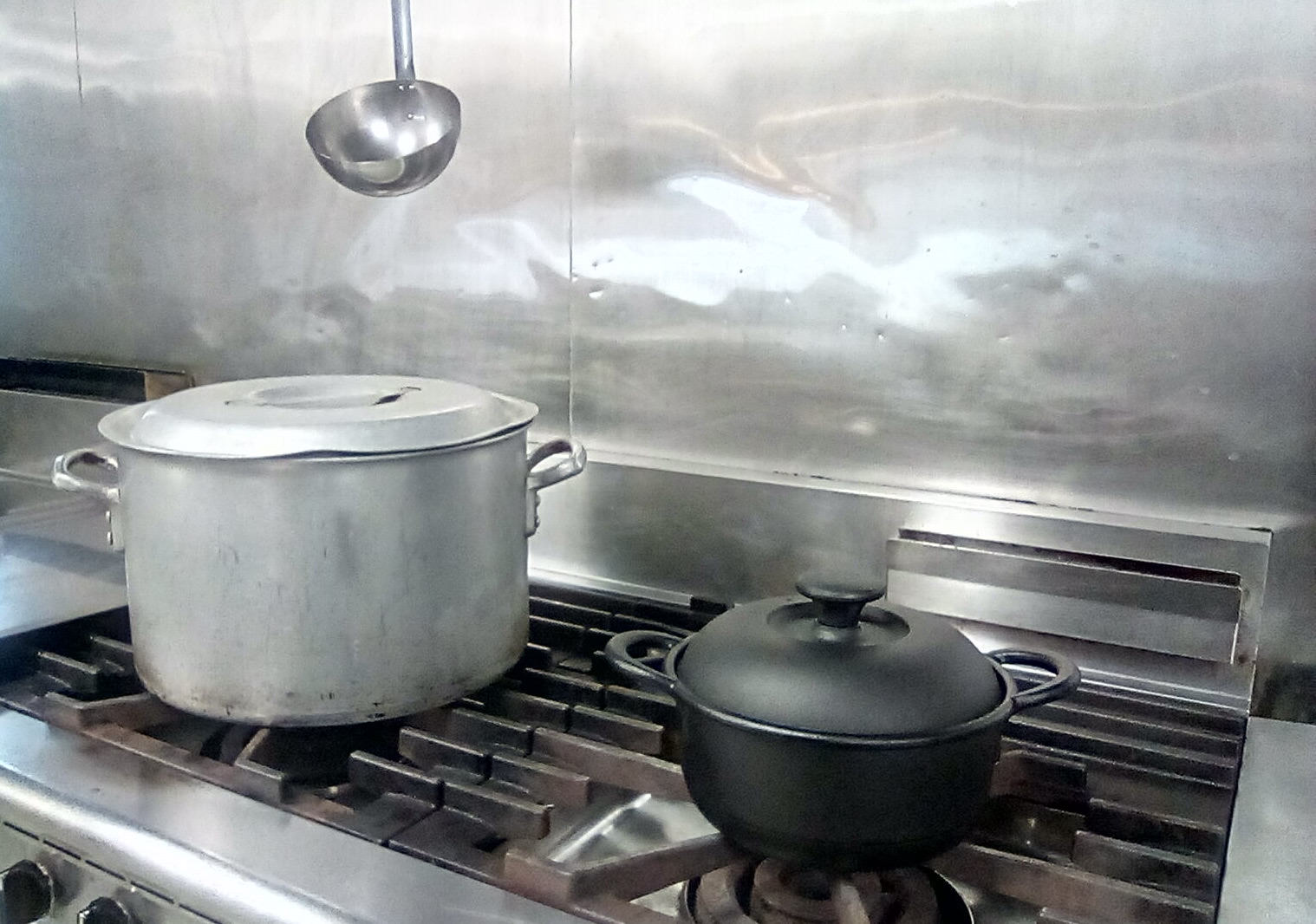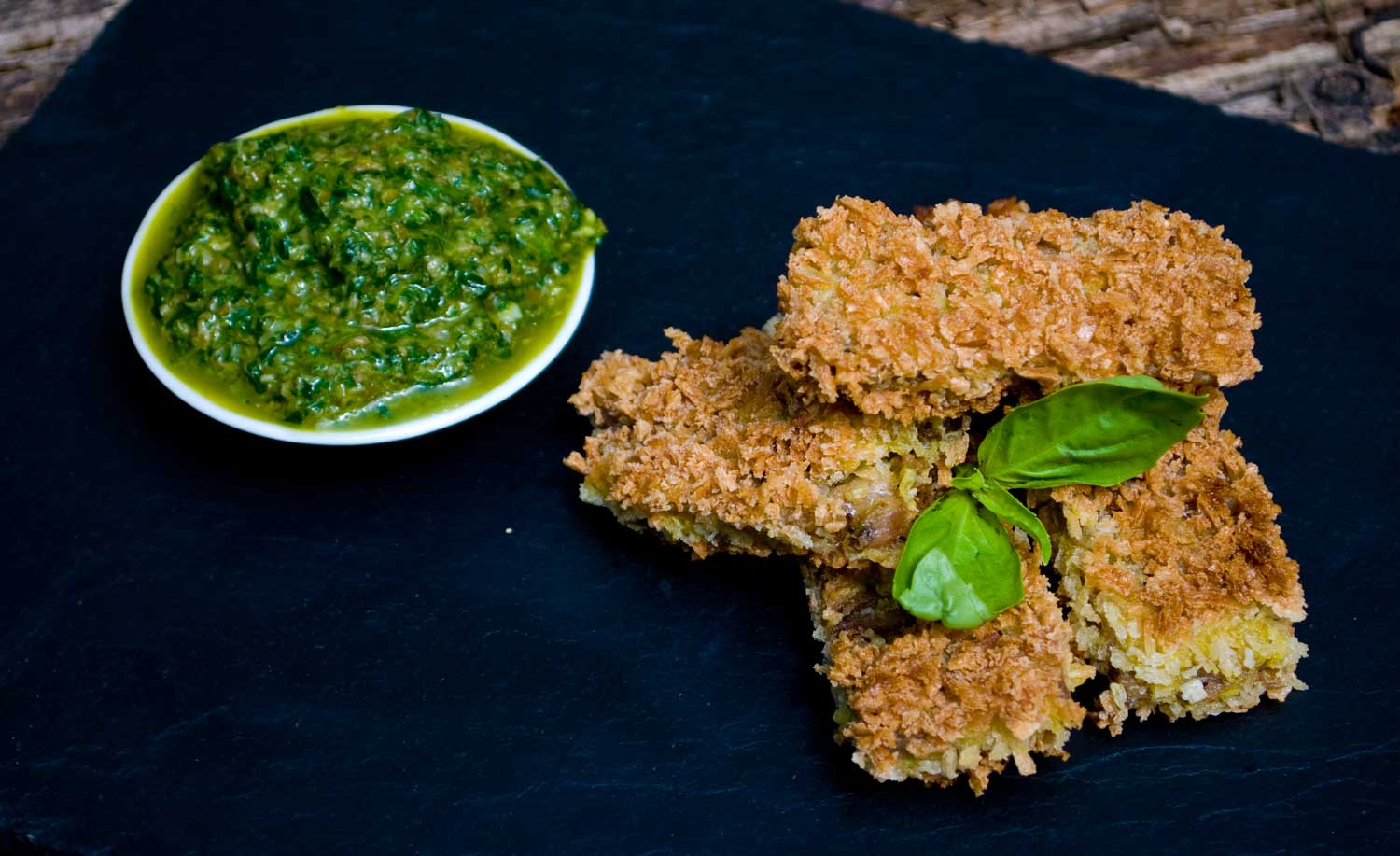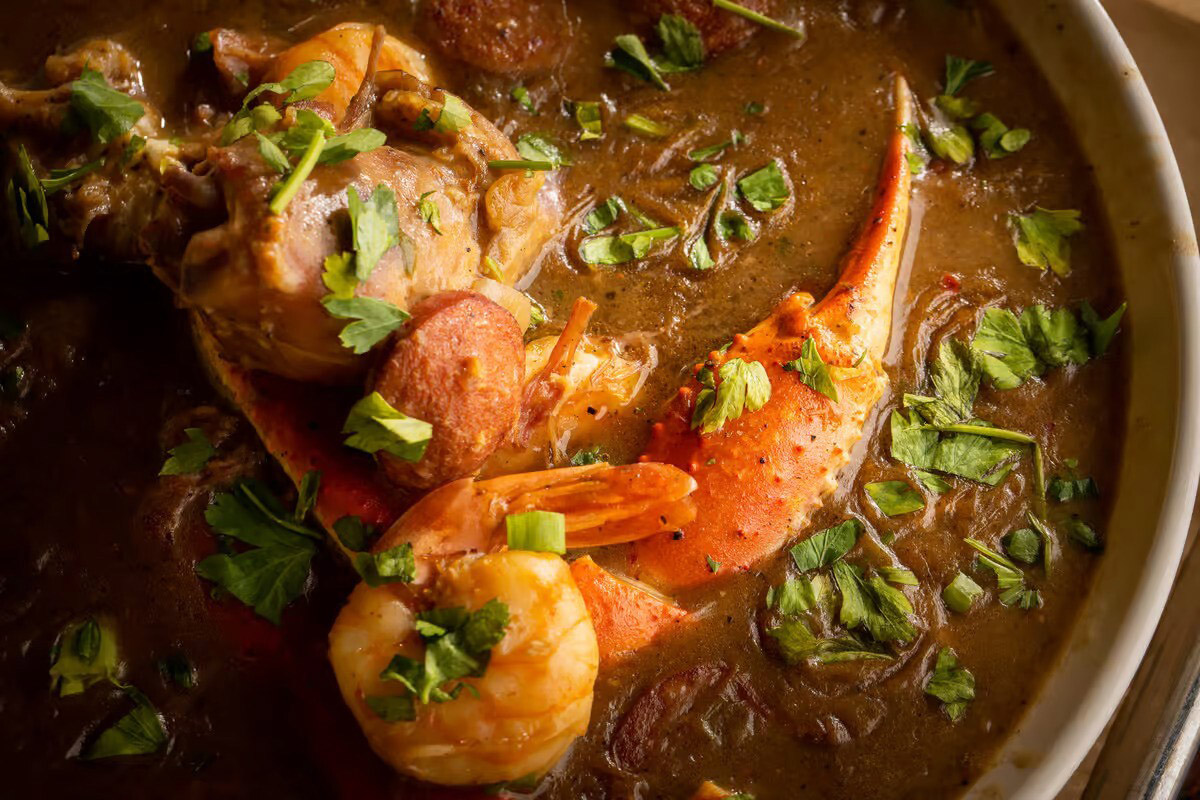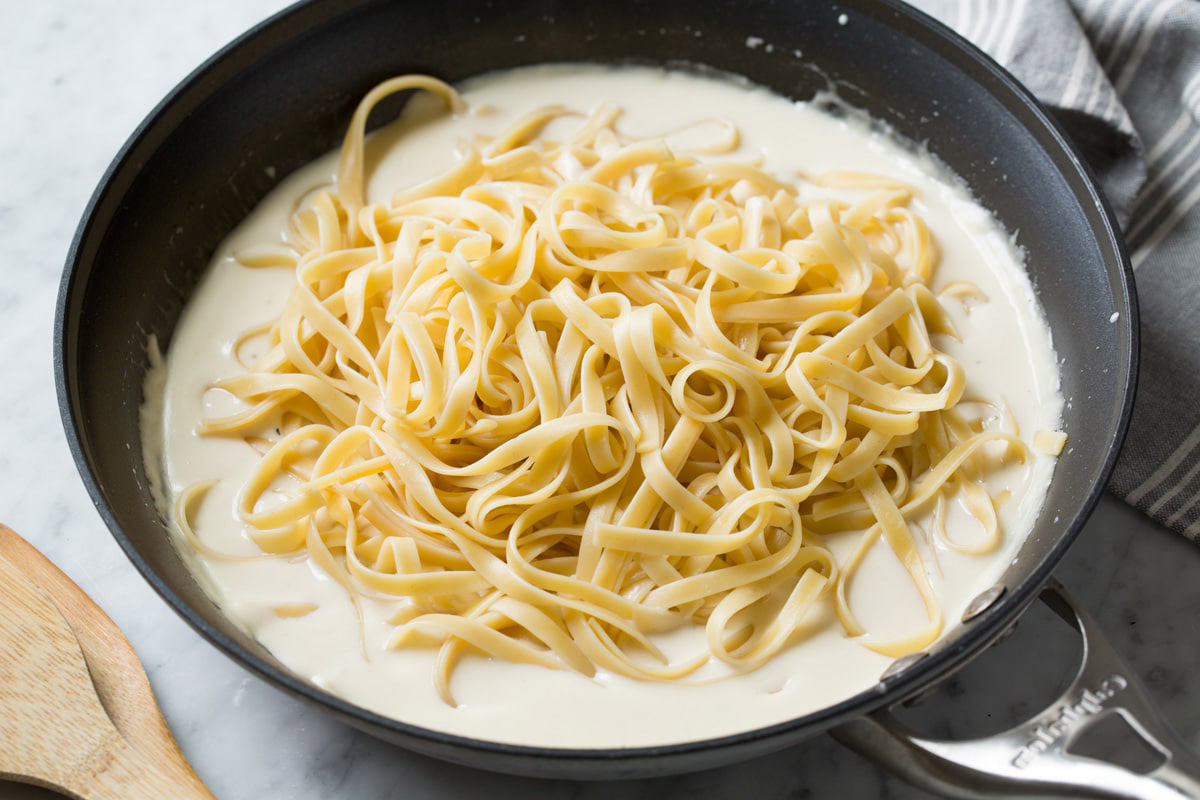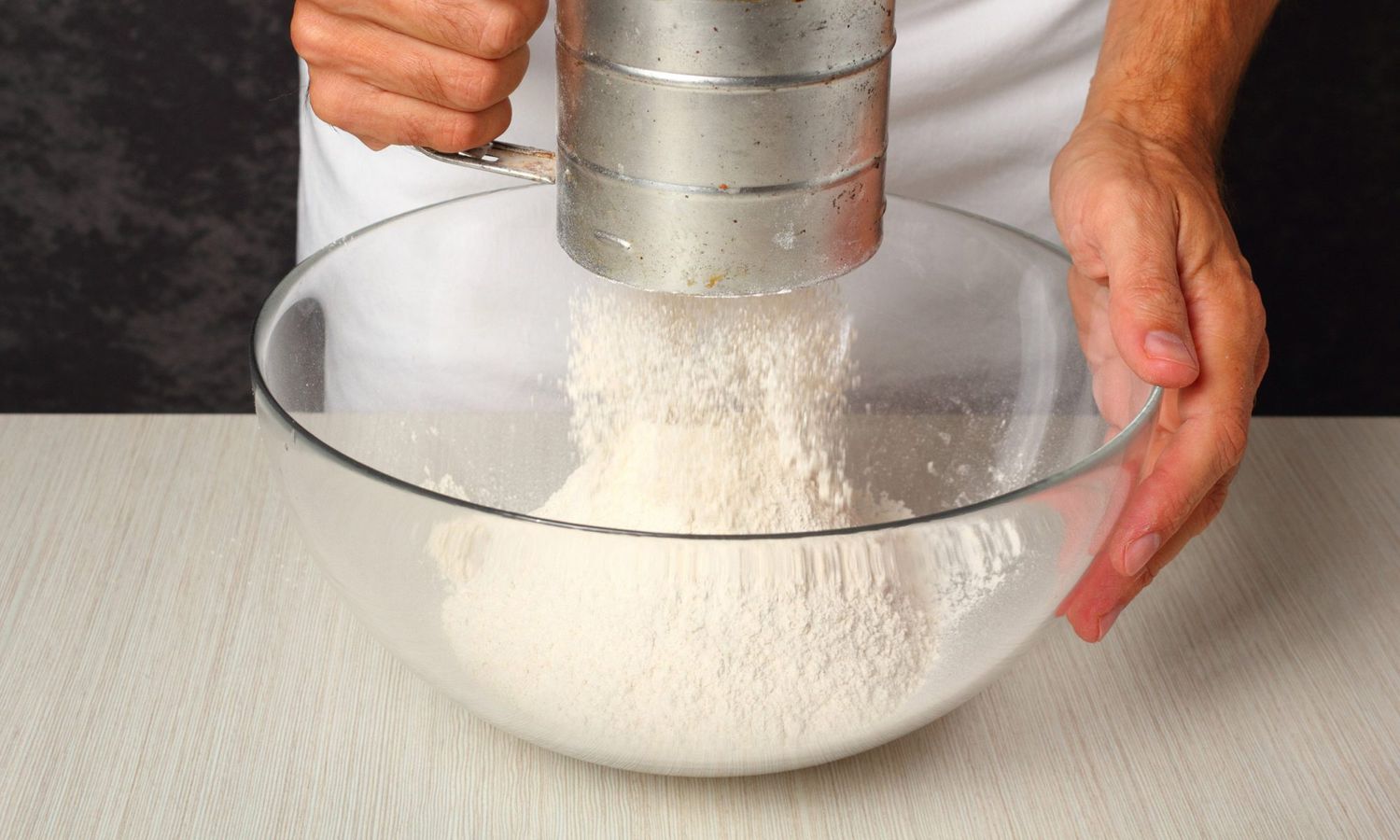Dashi: The Secret Ingredient in Japanese Cuisine
If you've ever enjoyed the rich, savory flavors of Japanese cuisine, you may have encountered a key ingredient known as dashi. This fundamental element is the backbone of many Japanese dishes, providing a depth of umami flavor that is essential to the country's culinary tradition. But what exactly is dashi, and how is it used in cooking? Let's dive into the world of dashi and uncover its significance in Japanese gastronomy.
Understanding Dashi
Dashi is a traditional Japanese stock that serves as the foundation for numerous dishes, including soups, stews, and sauces. It is revered for its ability to impart a delicate yet robust flavor profile to a wide range of culinary creations. Dashi is typically made by simmering ingredients such as kombu (dried kelp), katsuobushi (dried bonito flakes), niboshi (dried baby sardines), or a combination of these elements in water. The resulting liquid is strained to produce a clear, flavorful broth that forms the essence of Japanese cooking.
Types of Dashi
There are several variations of dashi, each offering distinct nuances in taste and aroma. The most common types include:
-
Kombu Dashi: This vegetarian dashi is crafted by steeping kombu seaweed in water, infusing the liquid with a subtle, naturally sweet flavor.
-
Katsuobushi Dashi: Made from dried and smoked bonito flakes, this dashi boasts a rich, smoky essence that adds depth to dishes.
-
Awase Dashi: A blend of kombu and katsuobushi, this versatile dashi combines the best of both worlds, delivering a well-rounded umami taste.
Culinary Applications
Dashi serves as a versatile ingredient in Japanese cuisine, elevating the taste of a myriad of dishes. It is the essential base for iconic Japanese soups like misoshiru (miso soup) and tonjiru (pork and vegetable soup), as well as the flavorful broth used in nabe (hot pot) dishes. Additionally, dashi is often used to enhance the flavor of sauces, marinades, and simmered dishes, showcasing its adaptability in the culinary realm.
Cultural Significance
In Japanese culture, the art of preparing dashi is considered a time-honored tradition that requires precision and expertise. The mastery of creating dashi is a skill that has been passed down through generations, embodying the essence of Japanese culinary heritage. Its role in Japanese gastronomy is so revered that it has become synonymous with the soul of the country's cuisine, symbolizing the pursuit of harmony and balance in flavors.
Embracing Dashi in Your Kitchen
While traditional dashi preparation involves meticulous attention to detail, modern culinary enthusiasts can also enjoy the convenience of dashi powder or liquid concentrates, which offer a quick and easy way to incorporate this essential flavor base into their cooking. By adding a touch of dashi to your homemade dishes, you can infuse them with the authentic taste of Japanese cuisine, elevating your culinary creations to new heights.
In conclusion, dashi stands as a cornerstone of Japanese culinary artistry, enriching dishes with its distinctive umami essence and embodying the essence of Japanese gastronomy. Whether you're savoring a comforting bowl of miso soup or indulging in a simmering hot pot, the presence of dashi is a testament to the enduring legacy of Japanese cuisine. So, the next time you embark on a culinary adventure, consider the transformative power of dashi and embrace its role in creating unforgettable dining experiences.
Was this page helpful?
Read Next: What Is German Potato Salad
The Heating Cooling Doctor
eating and Air Conditioning Repair Brooklyn NY –We Do All Heating and Air Conditioner Repairs – Install and Repair All Thermostats – Professional Diagnosis and Service – Open 24 Hours! The Heating Doctor offers heating services in Brooklyn NY and nearby areas.
